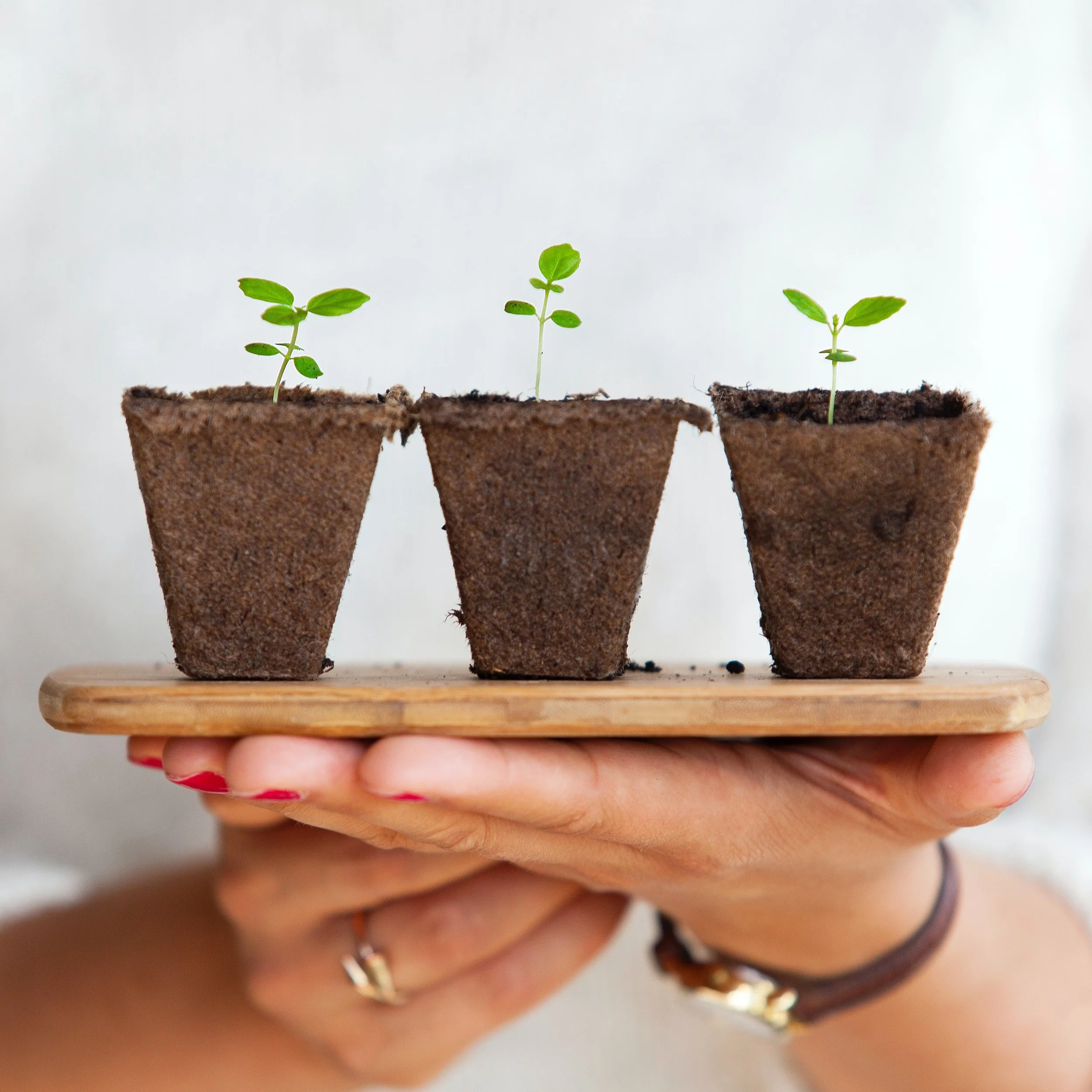Homegrown vegetables or herbs are tastier than store-bought ones. Have you ever tasted a strawberry fruit picked right from its vine? It’s sweeter and juicier. Sugars transform into starch right after harvesting fruits or vegetables. On top of that, you get to eat nutritious food. It’s raw and fresh from your home garden. You only need some space, appropriate tools, planters, potting mix, and seeds. Besides, gardening lets you stay fit and maintain an active lifestyle. So set up your garden.
Taking your garden indoors is also an option if you lack an outdoor space to create a garden. You can turn any indoor space into a garden, including your basement. Moreover, the basement is warm, spacious, and free from disturbances.
Here is how you can grow your food from your basement.
Artificial Sunlight
Plants need enough sunlight to process their foods. They thrive when they receive all colors of light emanating from the sun. Unfortunately, most basements are dark and don’t have windows. You’ll have to think of ways to either let in light or recreate artificial sunlight for your plants. You’ll want to get an artificial light that mimics sunlight. Your plants will need lots of blue and red light and a small amount of yellow and green light to grow. Therefore consider white LED grow lights to get light that mimics the sun’s spectrum. White LED grow lights emit all 7 colors. Plus, it’s cost-effective.
So your vegetables will get blue light for the leaves. Your fruits will get lots of red light for fruit production and flowering. You may also have to buy different colored LED grow lights for different plant stages. Don’t forget about light intensity and timers for your grow lights. Timers will make it easier to schedule periods of darkness and light for your plants. Your plant will need 8 to 16 hours under light and at least 8 hours of darkness.
Heaters and Fans
The basement is cold. Hence, you may need heaters and fans to circulate the heat around the basement. Besides, your plants need warmer temperatures to survive. Basements also tend to be dampish. Fans will keep the air moving. This will prevent your soil or plants from getting moldy or rotting. If you intend to set up a big indoor garden in your basement, think of getting commercial or industrial-sized fans and heaters. They’ll keep your plants warm and healthy.
Planters and Organic Potting Mix
You’ll need planters for your plants. Get lightweight pots with good drainage. You’ll need a mix of small and big containers. You’ll use the small containers to nurture your seedlings and then, later on, transfer them into the bigger containers. Choose planters with drainage holes to ensure the soil doesn’t get soggy. Besides, there is no sun to dry the soil.
Potting Soil
You need a permeable potting mix. It should let out water instead of holding onto the water. If possible, make your potting mix. Consider using organic products. Organic soil will make your plants more nutritious and healthier. It’s fluffy. Thus, it lets the roots breathe. Ensure you have your mix ready before filling your containers or beds. Your potting mix should contain 1 part mature compost or peat moss, 1 part loam soil, and 1 part perlite or clean sand. The peat moss or mature compost will provide the nutrients needed, while the sand is for permeability purposes. Or, you can get pre-made organic potting soil. Also, consider using organic fertilizers instead of synthetics. You can use bone meal, cottonseed meal, fish emulsions, or manure.
Beginner-Friendly Plants
Beginner-friendly plants are good if you’re new to gardening. Also, it’s the best way to test whether your plants can survive in the basement. Start with easy-to-grow vegetables and herbs. Also, give a thought to starting with dwarf varieties. They adapt quickly to any environment. They can also endure harsh temperatures or lighting conditions.
You can plant lettuce, radishes, herbs, and other leafy vegetables. Once you’re used to gardening and your basement is set to hold more plants, you can introduce other plants into the space.
It’s a Wrap
And there we have it. Turning your basement into a vegetable or herb garden is easy. You don’t need lots of tools. You only need initiative and the will to set up the garden. Plus, you’ll have a supply of fresh food for your family. What’s more, you can always experiment with more pants, including fruits. Start small and later on expand your garden once you get hold of your gardening skills.


